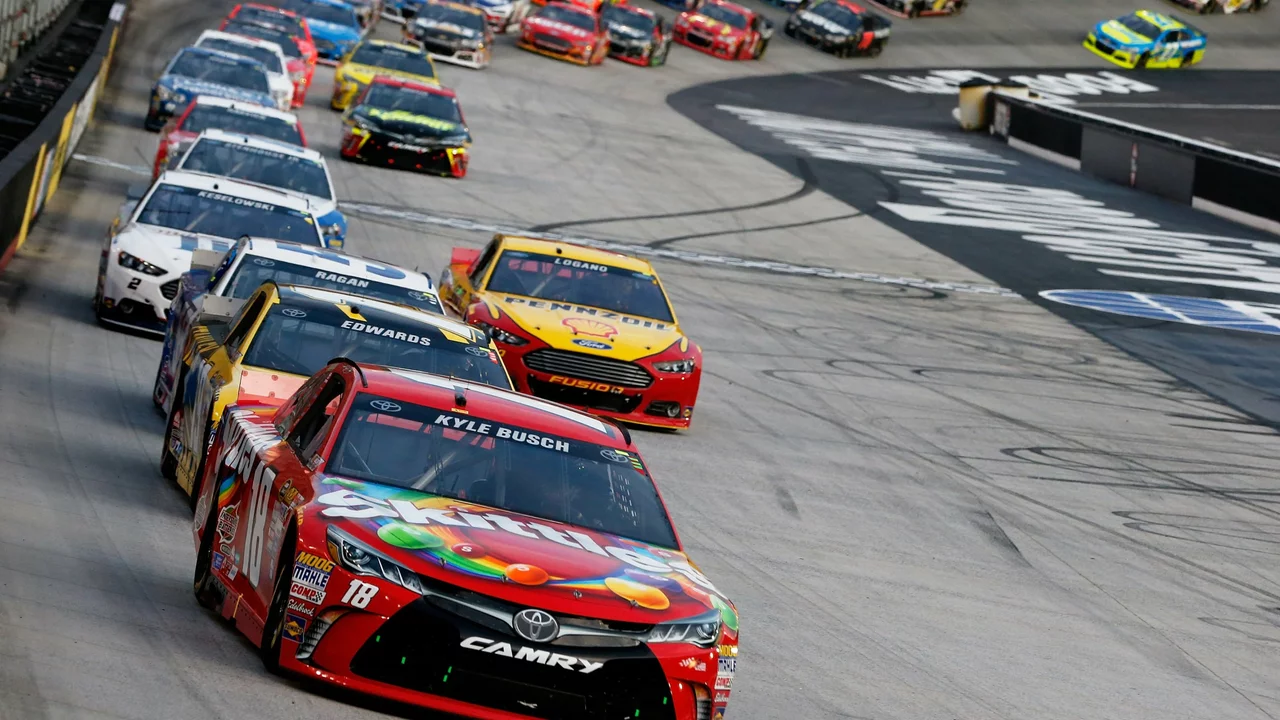In comparing NASCAR and F1 racing, there are several notable differences. NASCAR races primarily take place on oval tracks, whereas F1 courses are more intricate and varied. The cars themselves also vary greatly, with F1 cars being lighter, more aerodynamic, and designed for speed, while NASCAR vehicles are heavier and built for endurance. The strategies and skills required for each type of racing are also distinct, with F1 placing a greater emphasis on precision and technical driving, while NASCAR values drafting and overtaking. Finally, the two sports have different origins and fan bases, with NASCAR being predominantly popular in the US and F1 having a global following.
Motorsports Comparison: NASCAR vs F1 – What Sets Them Apart
If you’ve ever wondered why NASCAR feels like a high‑speed oval party while F1 looks like a precision sprint through city streets, you’re not alone. Both series draw massive crowds, but the way they race, the machines they use, and the tactics they employ could not be more different. Below is a plain‑spoken rundown that helps you spot the contrasts the first time you watch a race.
Track Types and Layouts
NASCAR primarily runs on ovals. Those tracks are big, banked circles where drivers spend most of the race at full throttle, constantly drafting behind each other to save fuel and gain speed. The curves are predictable, so the real drama comes from close‑quarter battles and sudden wrecks.
F1, on the other hand, uses a mix of permanent road circuits, street layouts, and a few historic tracks like Monaco. Each corner is a puzzle – some are tight hairpins, others are fast sweepers. The variety forces teams to fine‑tune aerodynamics for each venue, and drivers must adapt their line‑by‑line technique lap after lap.
Car Design and Performance
When you look at a NASCAR stock car, you see a heavy, boxy machine built for endurance. It weighs around 1,500 kg, runs a V8 engine producing roughly 750 hp, and relies on mechanical grip rather than aerodynamic downforce. The focus is on robustness; the car needs to survive long runs and the occasional contact.
F1 cars are a different beast. They tip the scales at about 800 kg, pack hybrid power units that can exceed 1,000 hp, and generate massive downforce through complex front and rear wings. This lets them corner at speeds that would make a NASCAR driver dizzy. The price tag reflects that – each car can cost over $12 million, and teams spend millions more on data analysis and wind‑tunnel testing.
Because of these design goals, the driving style changes too. NASCAR drivers master drafting, timing pit stops, and managing tire wear over 300‑plus laps. F1 drivers focus on braking zones, tire compound choices, and extracting every ounce of grip from a car that’s constantly adapting to changing aerodynamics.
Strategy also diverges sharply. In NASCAR, you often see a handful of pit stops, and the timing is about fuel windows and tire degradation. F1 races feature multiple pit stops where teams switch between soft, medium, and hard tyre compounds, each offering a trade‑off between grip and longevity. A well‑timed tyre change can win the race even if the car isn’t the fastest on pure speed.
Fan culture adds another layer of contrast. NASCAR’s roots run deep in the American South, with tailgate parties, patriotic anthems, and a strong connection to stock‑car heritage. F1 boasts a global fanbase, with races in Europe, Asia, and the Middle East, and a glamorous image that attracts a different crowd.
Finally, the business side varies. NASCAR’s revenue comes largely from ticket sales, sponsorships tied to American brands, and television rights focused on the U.S. market. F1 earns a hefty share from international broadcasting deals, luxury brand partnerships, and a growing digital fan offering.
Whether you prefer the roar of a V8 on a 2‑mile oval or the whine of a hybrid unit hugging a mountain road, understanding these core differences helps you appreciate each sport on its own terms. Next time you tune in, you’ll know exactly why the cars look, sound, and behave the way they do – and you’ll be ready to join the conversation with confidence.



